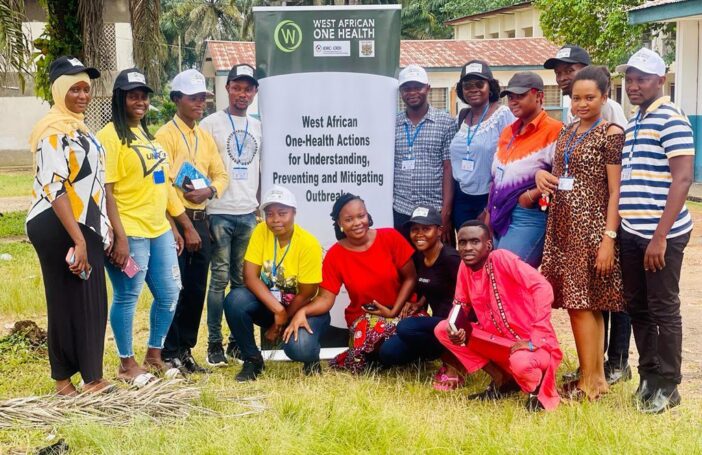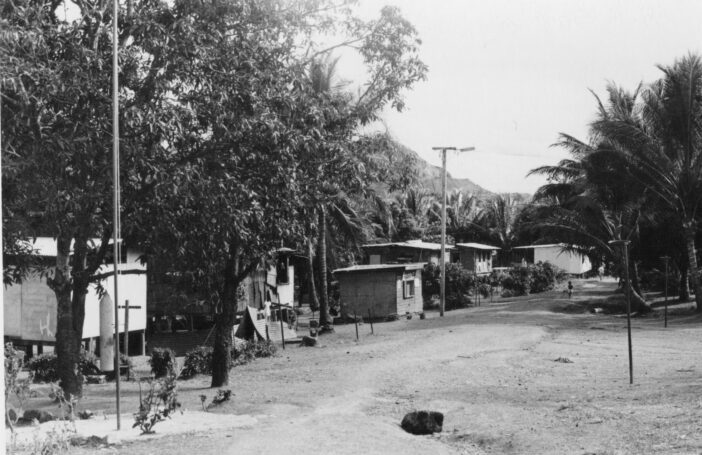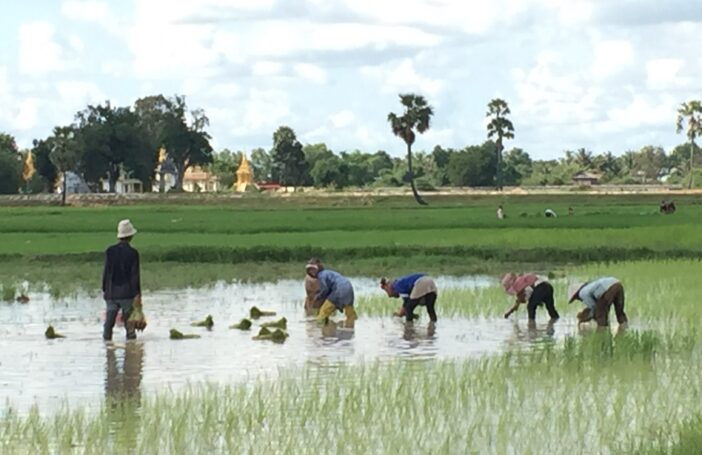The noble push to achieve “Freedom from Hunger” gained momentum after World War II with the formation of the Food and Agriculture Organization of the United Nations, which “strives to eradicate hunger, food insecurity and all forms of malnutrition”. Since 1960, the human population has almost tripled, and, in association with the goal of reducing protein deficiency, the global chicken population has increased more than ten-fold. In parallel, the size and stocking density of intensively raised chicken enterprises have also increased significantly with positive and negative consequences for human and environmental health.
The demand for cheap sources of animal protein has driven the selection of fast-growing meat chickens and layer hens that produce increased numbers of eggs per year. This has resulted in a range of unintended consequences, including potentially playing a role in the H5N1 outbreak currently spreading in dairy cattle in the United States.
The negative consequences relevant to public health include:
- inbred chickens with diminished immune system function that shed more avian influenza virus after infection than more genetically heterogenous chickens
- increased prevalence of foodborne pathogens in products from chickens raised at high stocking densities and using commercial feed of varying quality
- emergence of pathogens, including zoonotic ones, that are resistant to antimicrobials
- environmental contamination due to improper disposal of poultry litter and manure, which may contain pesticide residues, microorganisms, pathogens, pharmaceuticals (antibiotics), hormones and heavy metals
- exacerbation of climate change due to clearing of rainforest in the Amazon Basin to support the production of soya beans, a key component of commercial chicken feed
- reduced natural nutrient density in chicken meat due to diminished concentrations of micronutrients and changes in fatty acid ratios in association with fast growth and changes to chicken diets
- amplification, mutation and widespread distribution of avian influenza viruses which are naturally present in wild waterbird populations
- increased risk of H5N1 transmission within households resulting from contact with cats infected when hunting wild birds or consuming contaminated raw pet food.
While our attention is currently focused on the avian influenza virus and its pandemic potential, it’s important we mention that the emergence of the highly pathogenic avian influenza (HPAI) virus recently reported in wildlife and dairy cattle has a long story.
Outbreaks of HPAI have been increasing in frequency since the 1990s. The impact of HPAI outbreaks on large, intensive chicken farms led to the introduction of vaccination in Mexico in 1995. The following year, 1996, the predecessor of the HPAI subtype H5N1 recently found in U.S. dairy cattle emerged in water fowl in China. This HPAI H5N1 virus spread rapidly in East and Southeast Asia in the early 2000s, especially where the control of vaccine-preventable chicken diseases that are differential diagnoses for HPAI was poor (as high mortality in chickens was common prior to the arrival of HPAI).
Unfortunately, the widespread culling of infected poultry without compensation in many countries has contributed to producers losing trust in veterinary services. Additionally, funding for national veterinary services is insufficient, resulting in inappropriate carcass disposal (which may contribute to environmental contamination) and insufficient vaccination coverage (which may have promoted the emergence of virus mutations resistant to available vaccines).
The current spread of the HPAI H5N1 virus in dairy cattle in the US will have been facilitated by the large herd sizes, regular movement of animals and fomites (i.e. objects or materials which can carry infection, such as clothes, shoes and utensils) between production facilities and the lack of genetic heterogeneity in the US Holstein-Friesian national herd, with 9 million cows descending genetically from two sires.
So, how did this situation unfold? Control policies have not adequately taken the socio-cultural and economic drivers of human behaviour into account, potentially resulting in more rapid geographical spread of virus. Importantly, feasible prevention strategies must be tailored to the specific, potentially even local, socio-cultural, and epidemiological context within which avian influenza viruses are transmitted and amplified.
The increasing amount and spread of avian influenza virus is concerning and does increase the likelihood of an influenza pandemic, which had already been predicted in early 2000 during the large-scale H5N1 outbreaks in poultry populations. The challenge of reducing pandemic risk by preventing viral spillover between animals and humans is the focus of the Lancet-PPATS Commission on Prevention of Viral Spillover. The commission is working to identify interventions that both reduce pandemic risk and contribute positively to food security and biodiversity gains, thereby delivering multiple returns on investment in these challenging economic times.
Looking forward, it is essential that we adopt a systems approach that recognises the interdependence between ecological, epidemiological, and social factors so that more effective infectious disease prevention and control methods can be developed. This includes a move towards resilient food systems that promote the production of safe, sustainable, welfare-friendly animal-source food with optimal natural nutrient density via regenerative production systems.
It is crucial that we seek out, and have affordable access to, diets that can sustainably meet the nutritional and cultural requirements of children, men, and women using an optimal mix of animal- and plant-source food. For those of us who are more affluent, this may mean consuming less meat, eggs, milk, and offal, while we simultaneously encourage changes to current food systems such that they enable vulnerable individuals and households to consume at least the minimum amount of animal-source food to meet their requirements.
The current situation of widespread avian influenza outbreaks in an increasing number of avian and mammalian species is worrying — but it also presents an opportunity. The heightened media attention reminds us that we are all citizens of one world and when infectious diseases are allowed to smoulder on in some countries, they may eventually impact all of us. Importantly, we can still prevent future viral evolution if we work collaboratively through a One Health lens to deliver positive health outcomes for humans, animals, and the environment.
This blog was first published by MedPage Today. It has been updated slightly to include information released since it was originally published.




